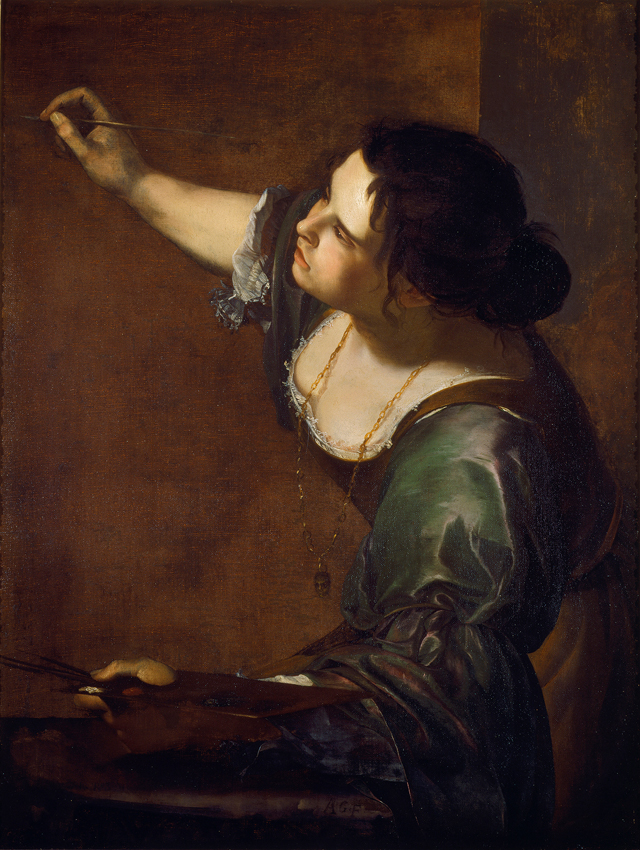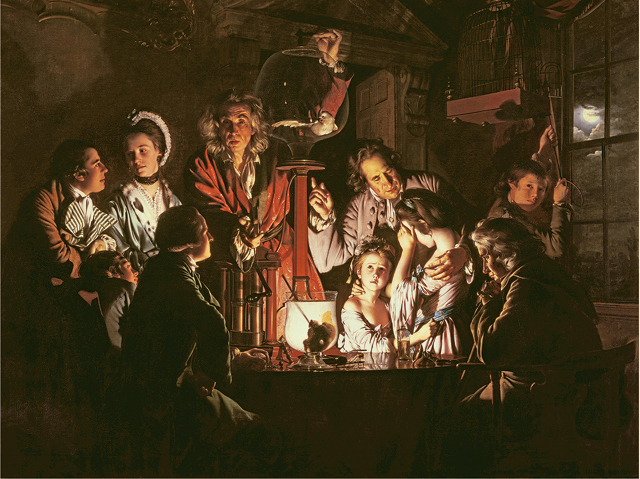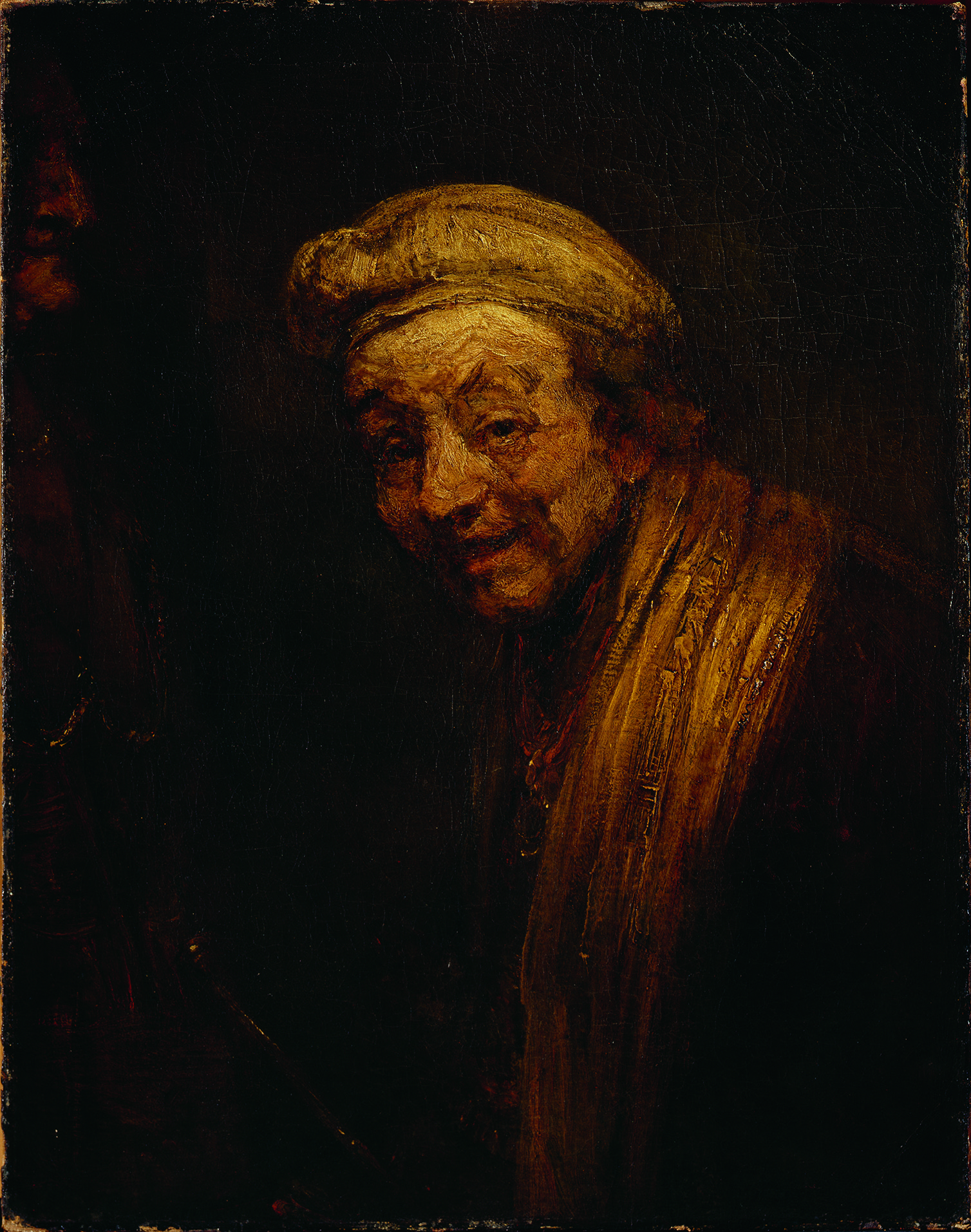My favourite painting: Sandi Toksvig
Sandi Toksvig chooses her favourite painting for Country Life.


Self-Portrait as the Allegory of Painting, about 1638/9, by Artemisia Gentileschi (1593–1652/3), 383⁄4in by 291⁄2in, Hampton Court Palace, Surrey. Bridgeman Images.
Sandi Toksvig says: 'Anyone with an interest in the history of art might be forgiven for thinking that women either haven’t been very good at it or not interested. The truth is that there have been astonishing female artists, but many historians have chosen to overlook them. This wonderful painting is an incredibly bold statement of a confident painter at work made more incredible by having been painted by a woman in the 1630s. I love her intense focus, reflected in the lack of attention she’s paid to her hair. The mask around her neck looks like a memento mori, reminding us all to get on with creativity while we still have time.'
Sandi Toksvig is a TV and radio broadcaster who currently presents The News Quiz on BBC Radio 4.
John McEwen comments: Artemisia Gentileschi was a footnote until 40 years ago. Even in the 1997 edition of The Penguin Dictionary of Art and Artists, she is mentioned as a mere adjunct to her father Orazio, Court painter to both Charles I and his wife, Henrietta Maria. Today, she is acknowledged as the first noteworthy woman painter and no work proclaims the fact more assertively than this presumed self-portrait.
Artemisia was taught by her father and benefited from his support, but her story is also a personal triumph. As a teenager, she was raped by a friend of her father, the landscape painter Agostino Tassi. The trial that followed meant the loss of her virginity was made public. Despite this marital blight, she was found a husband, but the marriage didn’t last, leaving her to raise a daughter.
Marriage took her to Florence, where, on the recommendation of her father—who said she was ‘without equal’—she enjoyed the patronage of the Medici. She was the first woman admitted to the city’s Accademia delle Arti del Disegno and proceeded to have a successful 40-year career. This picture may have been commissioned by Charles I, when she was visiting London to see, and possibly assist, her father. It broke convention by showing an artist at work. The pose was suggested in the 1593 iconologia, a popular iconographic handbook in which the spirit of Painting is described as: ‘A beautiful woman, with full black hair, dishevelled... with a chain of gold at her throat...she holds in her hand a brush, and in the other a palette.’
This article was originally published in Country Life, March 11, 2015
Sign up for the Country Life Newsletter
Exquisite houses, the beauty of Nature, and how to get the most from your life, straight to your inbox.
More from the My Favourite Painting Series

My favourite painting: Nicola Shulman
Nicola Shulman chooses her favourite painting for Country Life.

Credit: Rembrandt
My Favourite Painting: Maggi Hambling
Maggi Hambling chooses her favourite painting for Country Life.
Country Life is unlike any other magazine: the only glossy weekly on the newsstand and the only magazine that has been guest-edited by HRH The King not once, but twice. It is a celebration of modern rural life and all its diverse joys and pleasures — that was first published in Queen Victoria's Diamond Jubilee year. Our eclectic mixture of witty and informative content — from the most up-to-date property news and commentary and a coveted glimpse inside some of the UK's best houses and gardens, to gardening, the arts and interior design, written by experts in their field — still cannot be found in print or online, anywhere else.
-
 'Monolithic, multi-layered and quite, quite magnificent. This was love at first bite': Tom Parker Bowles on his lifelong love affair with lasagne
'Monolithic, multi-layered and quite, quite magnificent. This was love at first bite': Tom Parker Bowles on his lifelong love affair with lasagneAn upwardly mobile spaghetti Bolognese, lasagne al forno, with oozing béchamel and layered meaty magnificence, is a bona fide comfort classic, declares Tom Parker Bowles.
By Tom Parker Bowles
-
 Country houses, cream teas and Baywatch: Country Life Quiz of the Day, April 24, 2025
Country houses, cream teas and Baywatch: Country Life Quiz of the Day, April 24, 2025Thursday's Quiz of the Day asks exactly how popular Baywatch became.
By Toby Keel
-
 My favourite painting: Allan Mallinson
My favourite painting: Allan MallinsonMilitary historian Allan Mallinson picks an image of 'faith, generosity and ultimate sacrifice'.
By Charlotte Mullins
-
 My Favourite Painting: Piet Oudolf
My Favourite Painting: Piet Oudolf'One cannot sense whether he is far out on the ocean or closer to shore, or what he may be watching or feeling in that moment as he stares towards the beach.’
By Country Life
-
 My Favourite Painting: Mary Plazas
My Favourite Painting: Mary Plazas'There is compassion, awe, humility, a knowing yet a questioning in the glistening eyes. It moves me, it inspires me beyond the need to know.’
By Country Life
-
 My favourite painting: Robert Kime
My favourite painting: Robert KimeRobert Kime shares his fondness for New Year Snow by Ravilious
By Country Life
-
 My Favourite Painting: Anna Pavord
My Favourite Painting: Anna PavordAnna Pavord chooses a picture which reminds her of where she grew up
By Country Life
-
 My favourite painting: The Duchess of Wellington
My favourite painting: The Duchess of WellingtonThe Duchess of Wellington chooses her favourite painting for Country Life.
By Country Life
-
 My favourite painting: Maureen Lipman
My favourite painting: Maureen LipmanMaureen Lipman chooses her favourite painting for Country Life.
By Country Life
-
 My favourite painting: Jacqueline Wilson
My favourite painting: Jacqueline Wilson'I looked at this painting and decided to write about a Victorian circus girl one day'
By Country Life